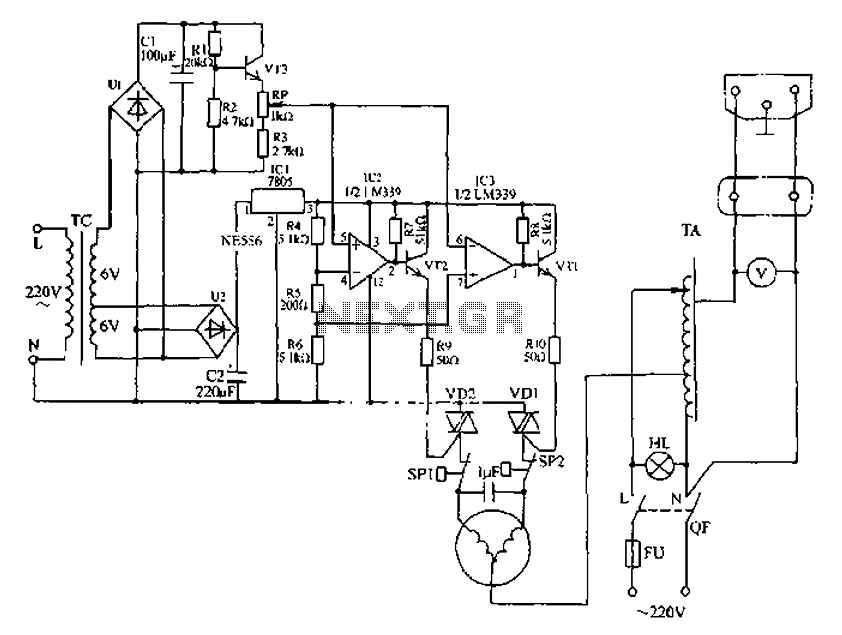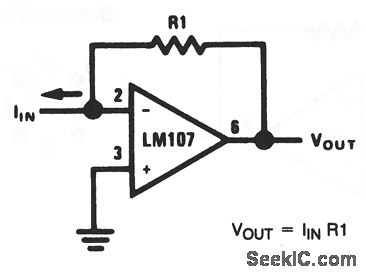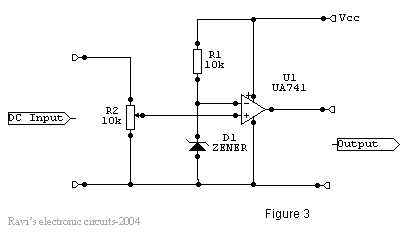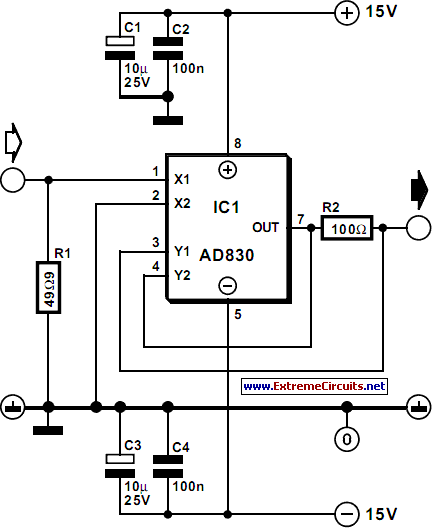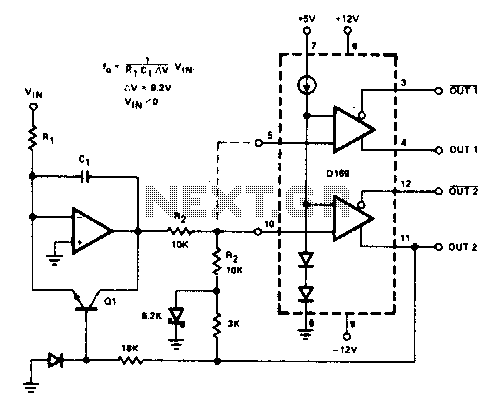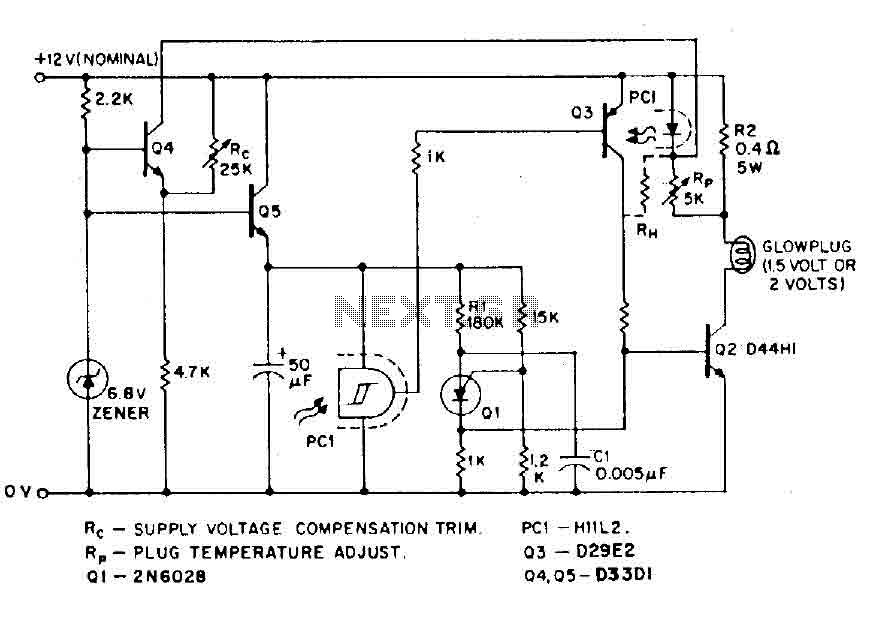
high stability voltage source model
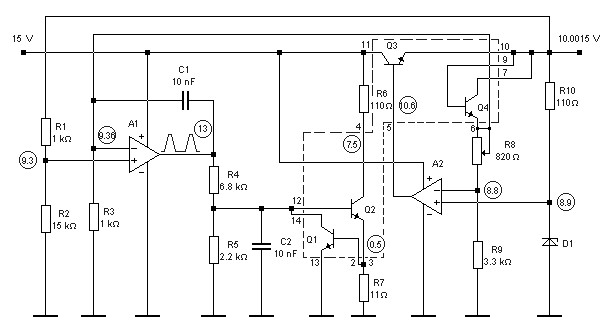
10V high-stability voltage source model power supply. Refer to the specified page for an explanation regarding the associated circuit diagram.
The 10V high-stability voltage source is designed to provide a reliable and consistent output voltage, making it suitable for various electronic applications that require precision power supply. This model typically employs a linear voltage regulator or a precision reference voltage IC to achieve the desired stability and low output noise.
The circuit may include essential components such as resistors, capacitors, and diodes that work together to filter and stabilize the output voltage. The input voltage is usually higher than 10V, allowing the regulator to maintain a stable output while dissipating excess voltage as heat.
In addition, feedback mechanisms are often integrated into the design to monitor the output voltage and adjust the regulation as needed, ensuring minimal fluctuations under varying load conditions. Capacitors may be utilized at both the input and output stages to smooth the voltage and reduce ripple, enhancing the overall performance of the power supply.
Thermal management is also a critical factor in the design, with heat sinks or thermal pads employed to dissipate heat generated by the voltage regulation process. This ensures the longevity and reliability of the power supply.
Overall, the 10V high-stability voltage source is an essential component in many electronic systems, providing a dependable power supply that meets the stringent requirements of modern electronic devices.10V High-Stability Voltage Source Model power supply. Go to that page to read the explanation about above power supply related circuit diagram. 🔗 External reference
The 10V high-stability voltage source is designed to provide a reliable and consistent output voltage, making it suitable for various electronic applications that require precision power supply. This model typically employs a linear voltage regulator or a precision reference voltage IC to achieve the desired stability and low output noise.
The circuit may include essential components such as resistors, capacitors, and diodes that work together to filter and stabilize the output voltage. The input voltage is usually higher than 10V, allowing the regulator to maintain a stable output while dissipating excess voltage as heat.
In addition, feedback mechanisms are often integrated into the design to monitor the output voltage and adjust the regulation as needed, ensuring minimal fluctuations under varying load conditions. Capacitors may be utilized at both the input and output stages to smooth the voltage and reduce ripple, enhancing the overall performance of the power supply.
Thermal management is also a critical factor in the design, with heat sinks or thermal pads employed to dissipate heat generated by the voltage regulation process. This ensures the longevity and reliability of the power supply.
Overall, the 10V high-stability voltage source is an essential component in many electronic systems, providing a dependable power supply that meets the stringent requirements of modern electronic devices.10V High-Stability Voltage Source Model power supply. Go to that page to read the explanation about above power supply related circuit diagram. 🔗 External reference
